Chinese Finger Bowl With Blue Stamp on Bottom
 | |
Porcelain and China Ware Marks |
Ceramic & Sculpture Repair Lessons
(click pictures)
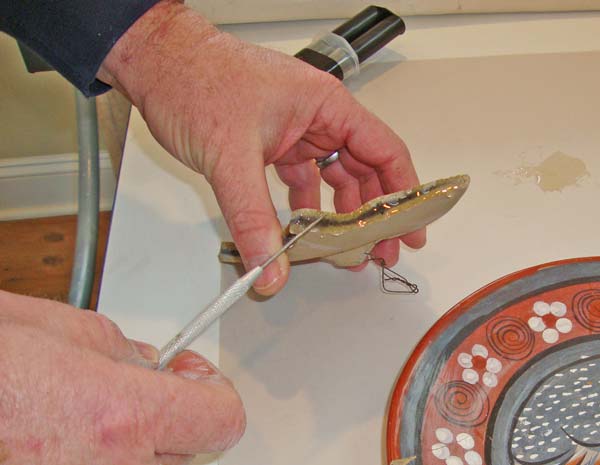 Cementing only lesson |
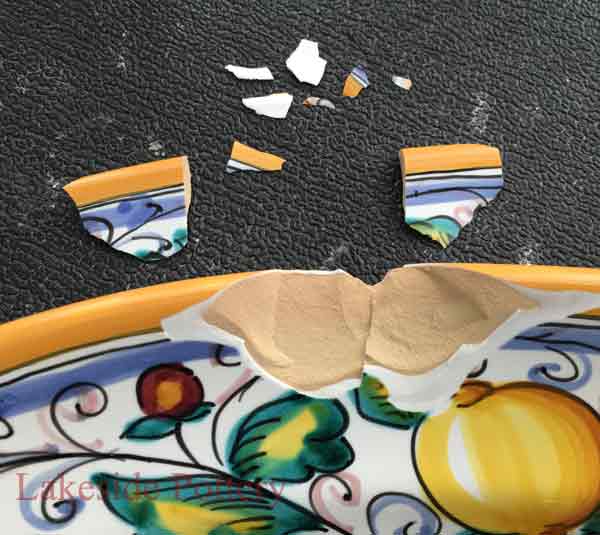 Chipped pottery repair lesson |
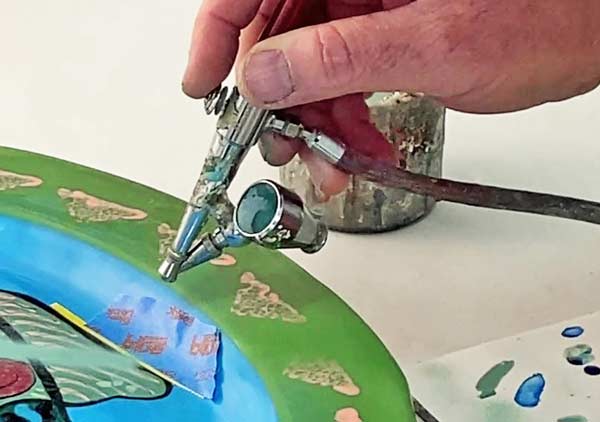 Complete ceramic repair lesson |
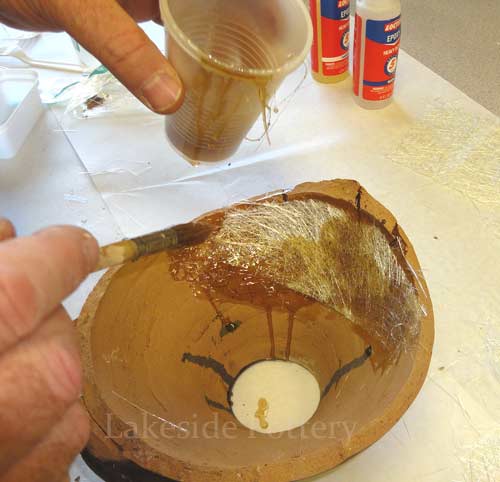 Restore vase lesson |
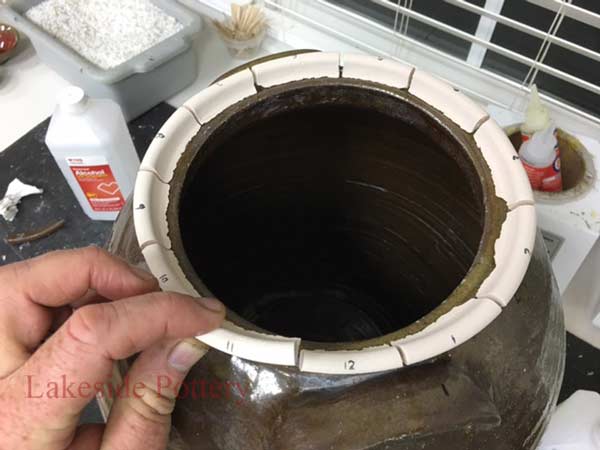 How to replace Stoneware crock's rim How to replace Stoneware crock's rim |
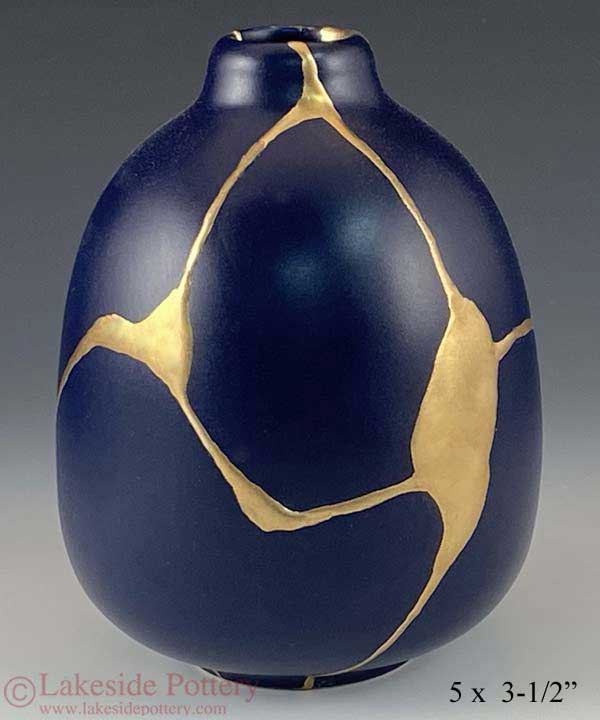 Kintsugi - mending with gold |
 How to fix ceramic crack |
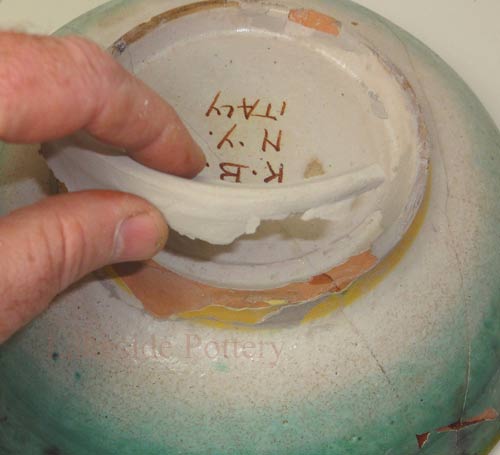 Restore bowl lesson w/ missing pieces |
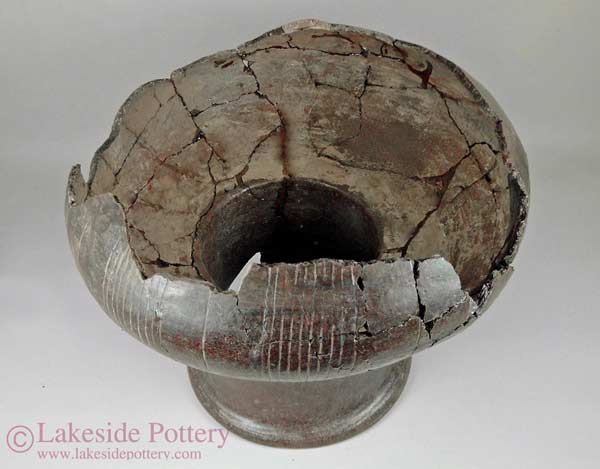 Restoring ancient pottery steps |
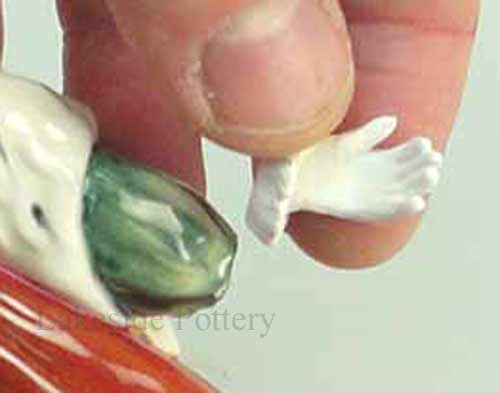 Sculpting missing pieces - Lladro |
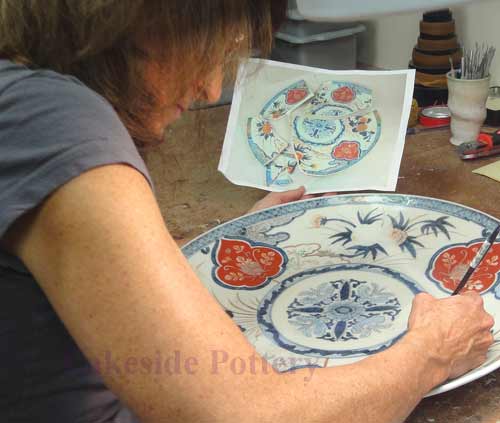 Painting pottery after repair |
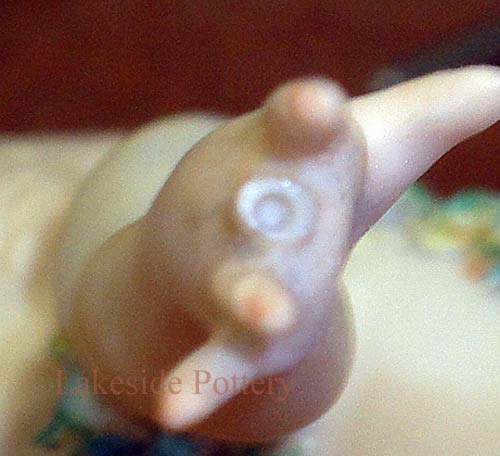 Miniature repair w/ missing finger |
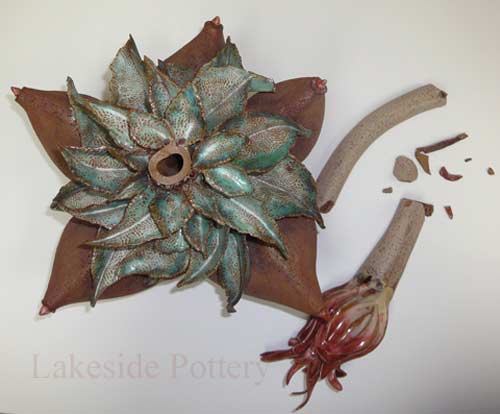 Making missing part w/ fired clay |
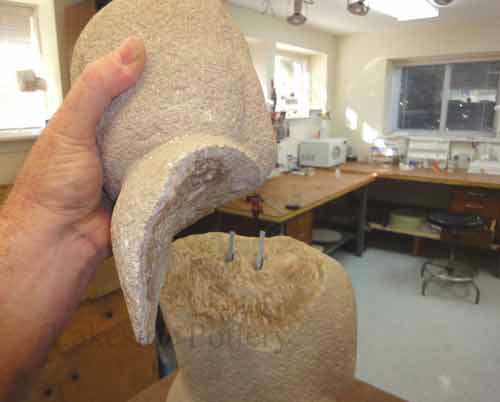 Repairing broken stone sculpture |
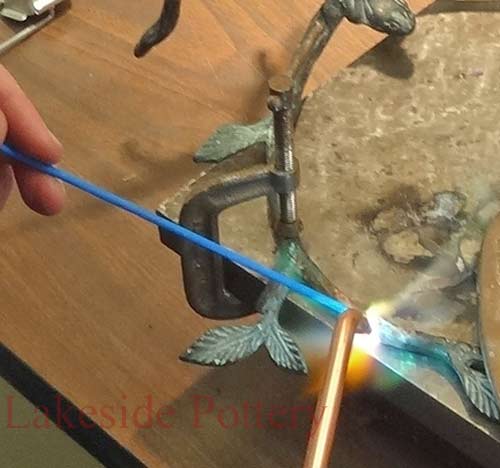 Bronze sculpture repair |
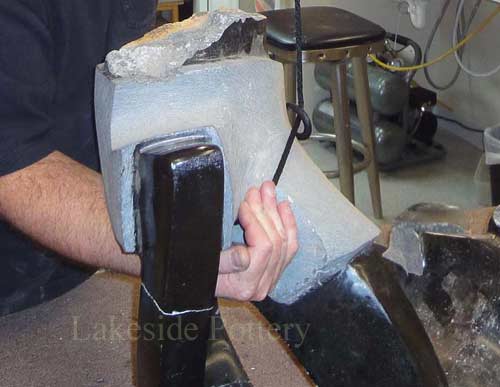 Restoring stone sculpture / statue |
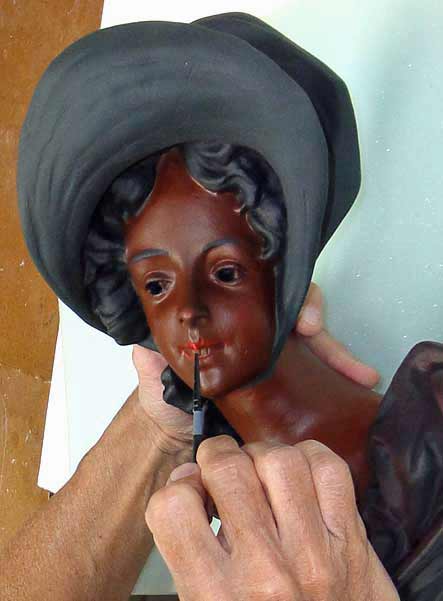 Plaster figure / statue reapir |
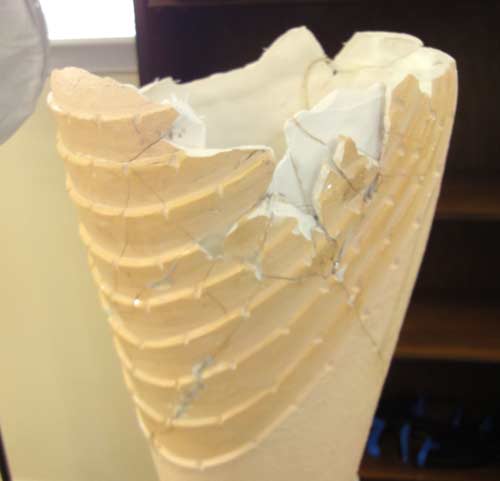 Plaster lamp repair w/ missing parts |
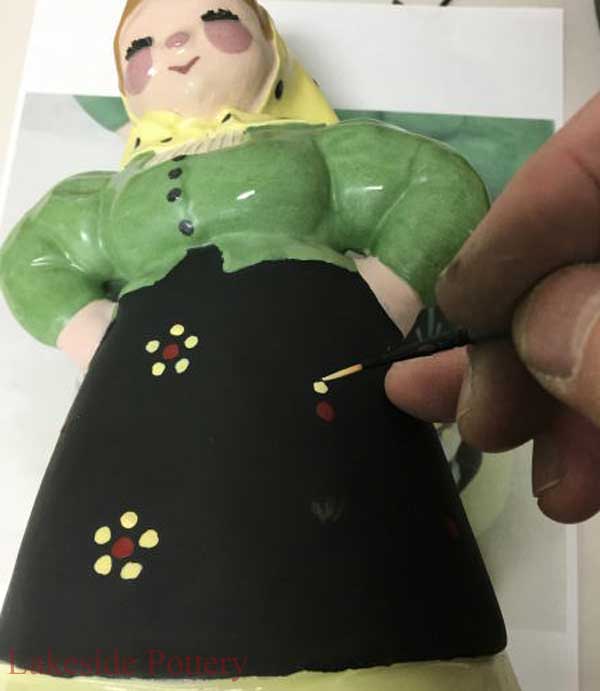 Heavily damaged ceramic figurine repair |
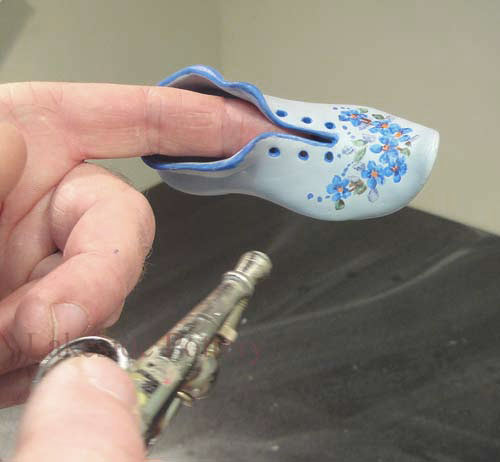 Miniature Porcelain |
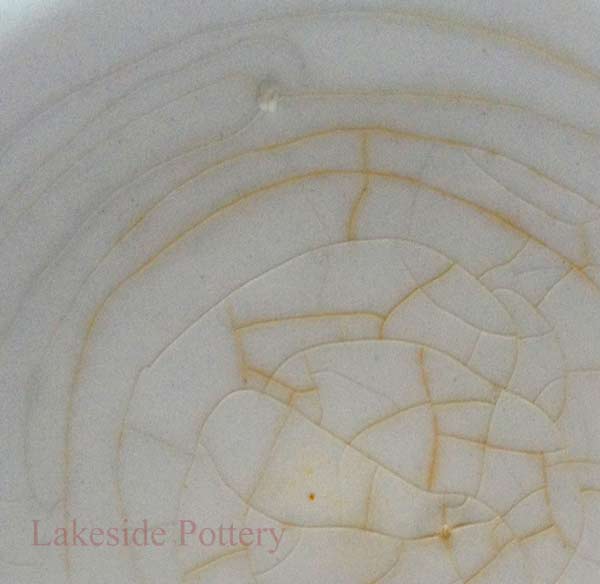 Removing stains |
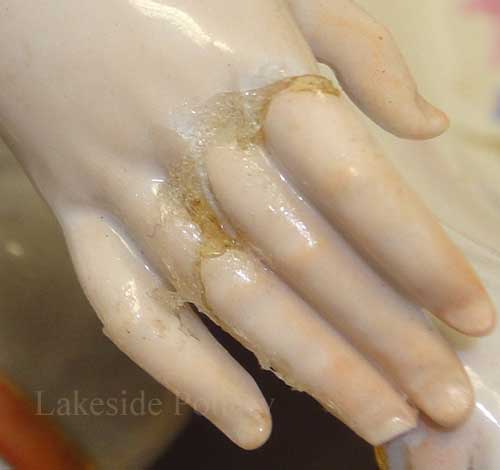 Removing old glue |
| More Lessons |
When repairing ceramic objects, knowing it's origin and value is important prior to proceeding with investing in a repair. | ||
| Porcelain marks are the fingerprints of antique china. Serving as both evidence of its origin, age, and often times, quality, the makers mark on a porcelain item is the first place many collectors look before making a purchase. For any piece of fine china, the porcelain mark is a symbol of pride in the manufacturer's workmanship. It is intended to instill confidence in the buyer, and inspire a sense of loyalty in the heart of the satisfied collector. See several marking below for your reference: | ||
| American French German | Chinese Danish Prussian English/Irish Japanese Austrian Italian | Italian Galileo Chini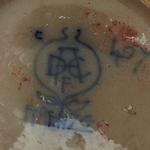 Abstract Peacock Vase Golden Blooms Golden Life Midnight Orchids Parrots & Pomegranates Peacock Pattern Pink Flowers Pre-Raphaelite Daman Pure Liberty Salmon Stream Seahorse Pairs |
The earliest porcelain mark in the history of European production is the monogrammed Meissen "AR" mark, which stands for Augustus Rex, sometimes known as Augustus the Strong. As king of Saxony in the eighteenth century, Augustus commissioned the first production of European hard-paste porcelain. Soon after the Meissen Royal Manufactory began producing pieces with the famous crossed swords mark, which has become the most recognizable (and most imitated) porcelain mark in history.
Most porcelain marks on fine antique china, such as the Meissen marks, are "underglaze"--meaning, they were applied to the piece prior to firing. For the first hundred years or so of porcelain production there were only two known pigments that could withstand the high firing temperature necessary: iron red and cobalt blue. The latter was the more popular, so most European porcelain marks are cobalt blue underneath the glaze.
One important exception is the work of the Dresden porcelain studios, operating in the Saxon capital during the late nineteenth century. These famous artists, including Carl Thieme, Helena Wolfsohn, Franziska Hirsch, and others, procured blanks from other factories and applied them with their own handpainting or sculpted embellishments. In most cases these blanks bore marks of the factories within which they were produced. The Dresden decorators covered these porcelain marks with a gold glaze, and then applied their own above-glaze mark: usually a blue crown.
Often times a piece of china will bear two marks in this way: one beneath the glaze, indicating the factory that produced the blank, and the second above the glaze indicating the decorator. Much Haviland china, for example, bears the green underglaze mark "Haviland France," and the red decorators stamp: "Haviland & Co. Limoges." In this case, the china bears two marks even though the pieces were produced in different parts of the same factory. (Click here for a complete explanation of Haviland marks.)
Another common type of porcelain mark is the retailer or distributor's mark. In certain cases large importers would special order china to be marked with the name of domestic retailers. This is also commonly seen with Haviland china, with certain pieces bearing stamps of domestic retailers such as Sanger Brothers in Dallas, TX or W.J. Petee & Co in Oklahoma City, OK. These stamps are no indication of either the place of manufacture or decoration.
In general, the more prized the product by a certain manufacturer, the more likely it is that the makers mark has been imitated at some time or another. However, it is also important to remember that even the most prestigious porcelain manufacturers were, to some degree, considered imitators in their own day. Some 18th century Meissen pieces, for example, bear Oriental designs or features, and are even painted with fake Chinese or Japanese marks! The now-famous Dresden artists were, in their day, considered to be Meissen imitators and some decorators, such as Helena Wolfsohn or Carl Thieme, even faced lawsuits brought against them by the Meissen Royal Manufactory for their use of deceptively-similar marks. Even so, pieces by Helena Wolfsohn that bear the fraudulent "AR" monogram are highly prized today, and the works of the Dresden studios have since seen their fair share of imitations in the last hundred years.
Source: https://www.lakesidepottery.com/Pages/Pottery-tips/porcelain-china-ware-marks.htm






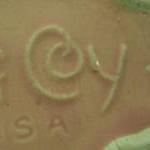



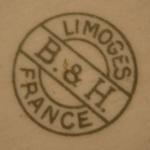






















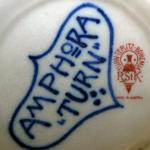

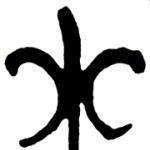
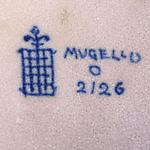
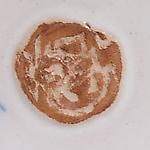
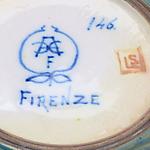

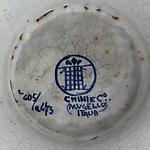
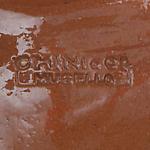
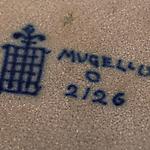

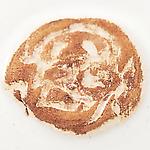
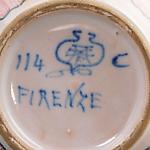


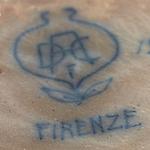
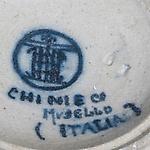
Post a Comment for "Chinese Finger Bowl With Blue Stamp on Bottom"